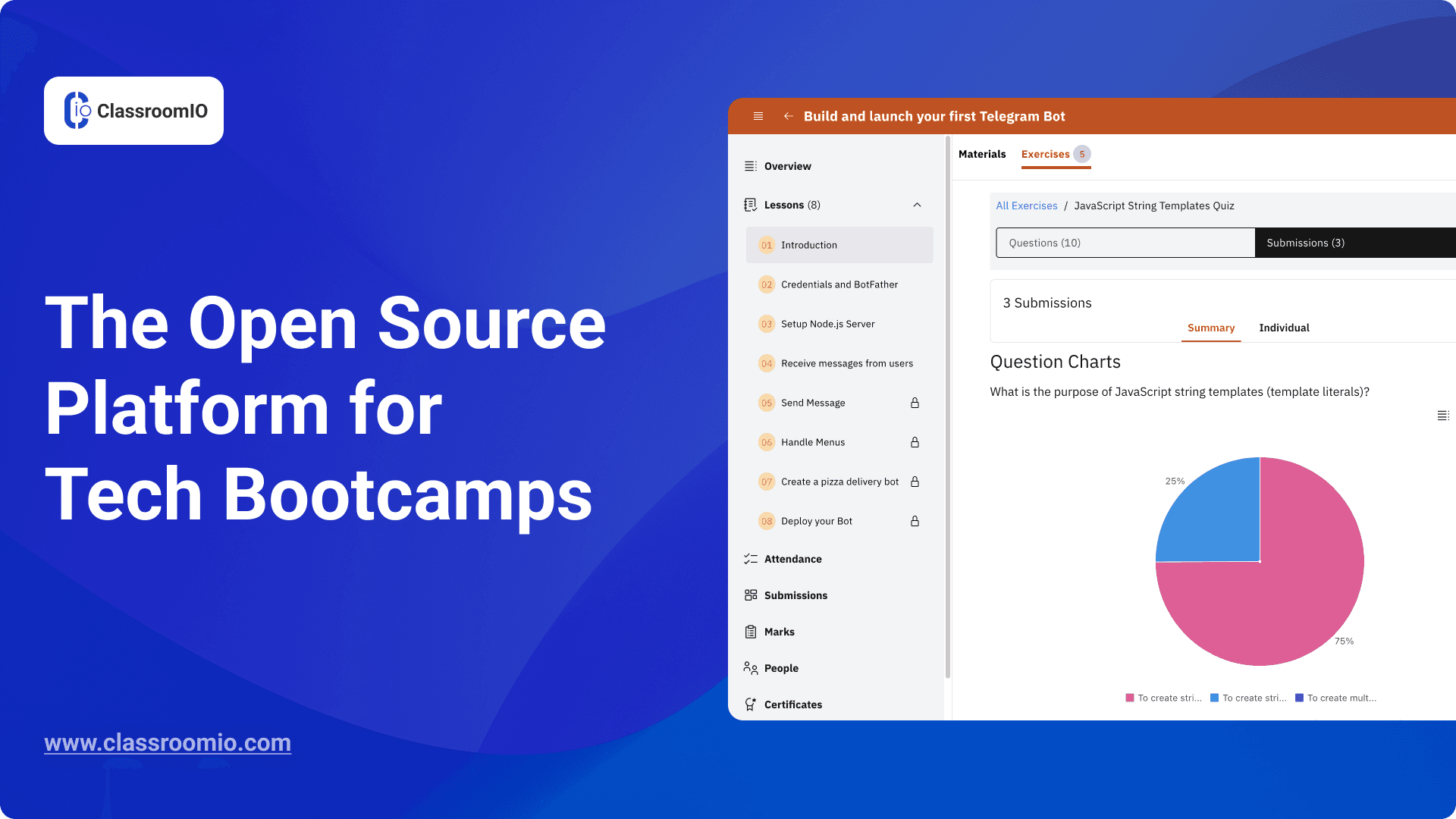Suspense> works by wrapping a component that performs an asynchronous action (e.g. fetch data), showing fallback UI (e.g. skeleton, spinner) while it's happening, and then swapping in your component once the action completes.
app/dashboard/page.tsx
import { Suspense } from 'react' import { PostFeed, Weather } from './Components' export default function Posts() { return ( <section> <Suspense fallback={<p>Loading feed...</p>}> <PostFeed /> </Suspense> <Suspense fallback={<p>Loading weather...</p>}> <Weather /> </Suspense> </section> ) }
By using Suspense, you get the benefits of:
Streaming Server Rendering - Progressively rendering HTML from the server to the client.
Selective Hydration - React prioritizes what components to make interactive first based on user interaction.
For more Suspense examples and use cases, please see the React Documentation
.
SEO
- Next.js will wait for data fetching inside generateMetadata to complete before streaming UI to the client. This guarantees the first part of a streamed response includes <head> tags.
- Since streaming is server-rendered, it does not impact SEO. You can use the Mobile Friendly Test
tool from Google to see how your page appears to Google's web crawlers and view the serialized HTML (source
- ).
Status Codes
When streaming, a 200 status code will be returned to signal that the request was successful.
The server can still communicate errors or issues to the client within the streamed content itself, for example, when using redirect or notFound. Since the response headers have already been sent to the client, the status code of the response cannot be updated. This does not affect SEO.

